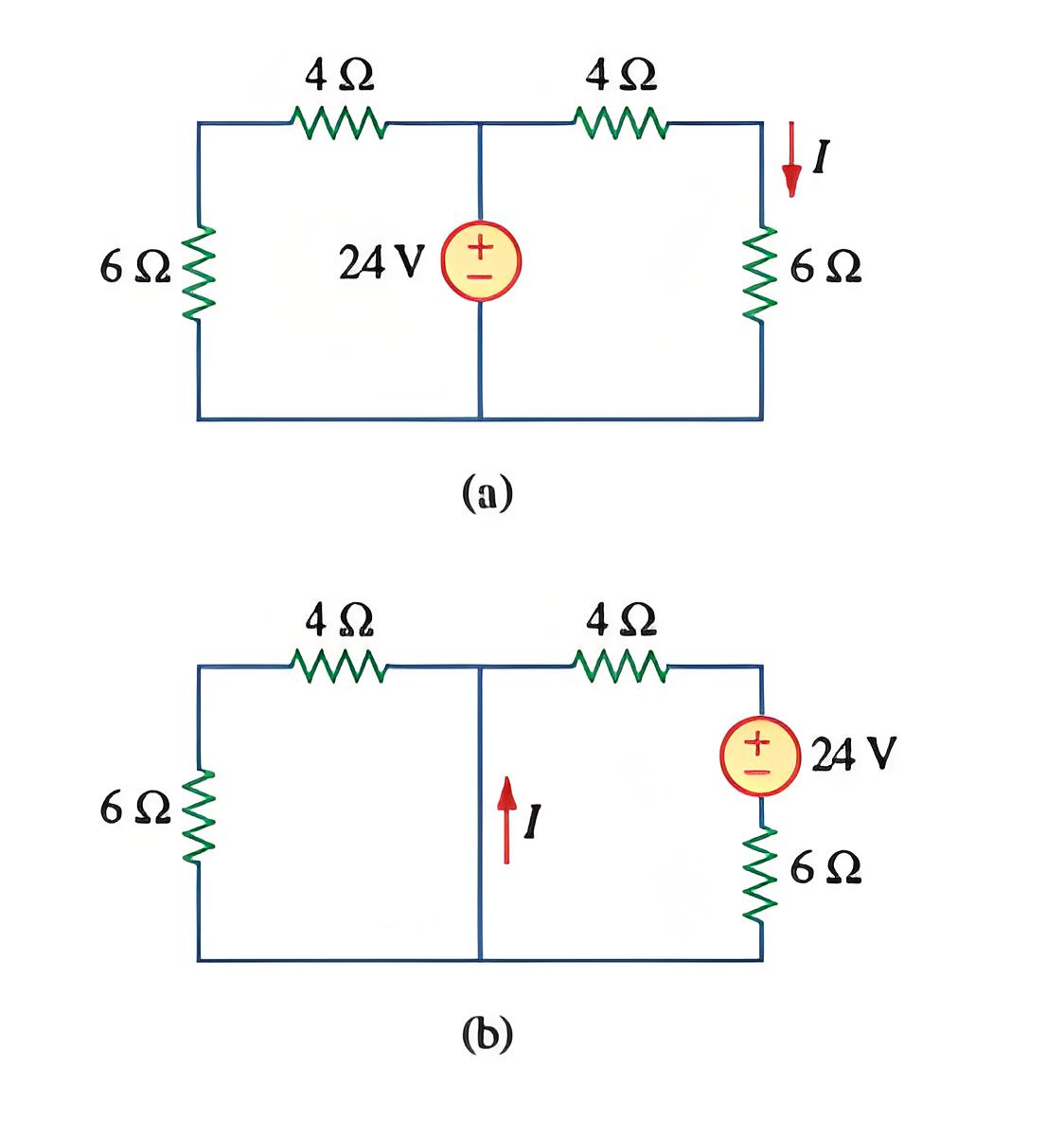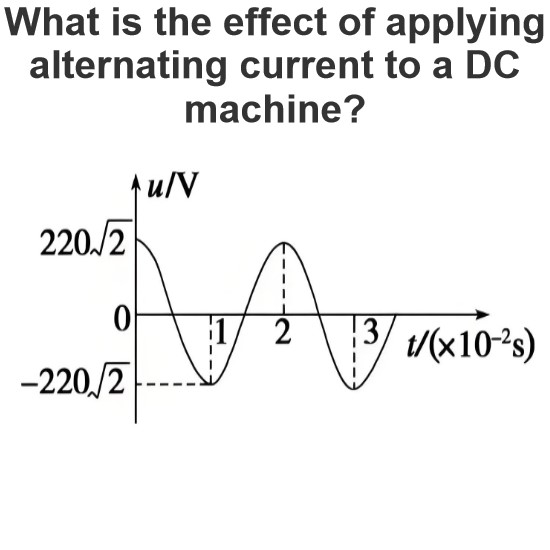What is Reciprocity Theorem?
What is Reciprocity Theorem?
Reciprocity Theorem Definition
The reciprocity theorem states that in a reciprocal circuit, the current remains the same when the positions of the voltage source and ammeter are swapped.

Reciprocal Circuit
A circuit that follows the reciprocity theorem, where voltage and current are interchangeable, is called a reciprocal circuit.
Ideal Components
For the reciprocity theorem to work, both the voltage source and ammeter must have zero internal resistance.
Transfer Resistance
In a reciprocal circuit, the ratio of voltage to current is called transfer resistance.
Complex Network Simplification
Complex reciprocal passive networks can be simplified for easier analysis and understanding.
The Electricity Encyclopedia is dedicated to accelerating the dissemination and application of electricity knowledge and adding impetus to the development and innovation of the electricity industry.













